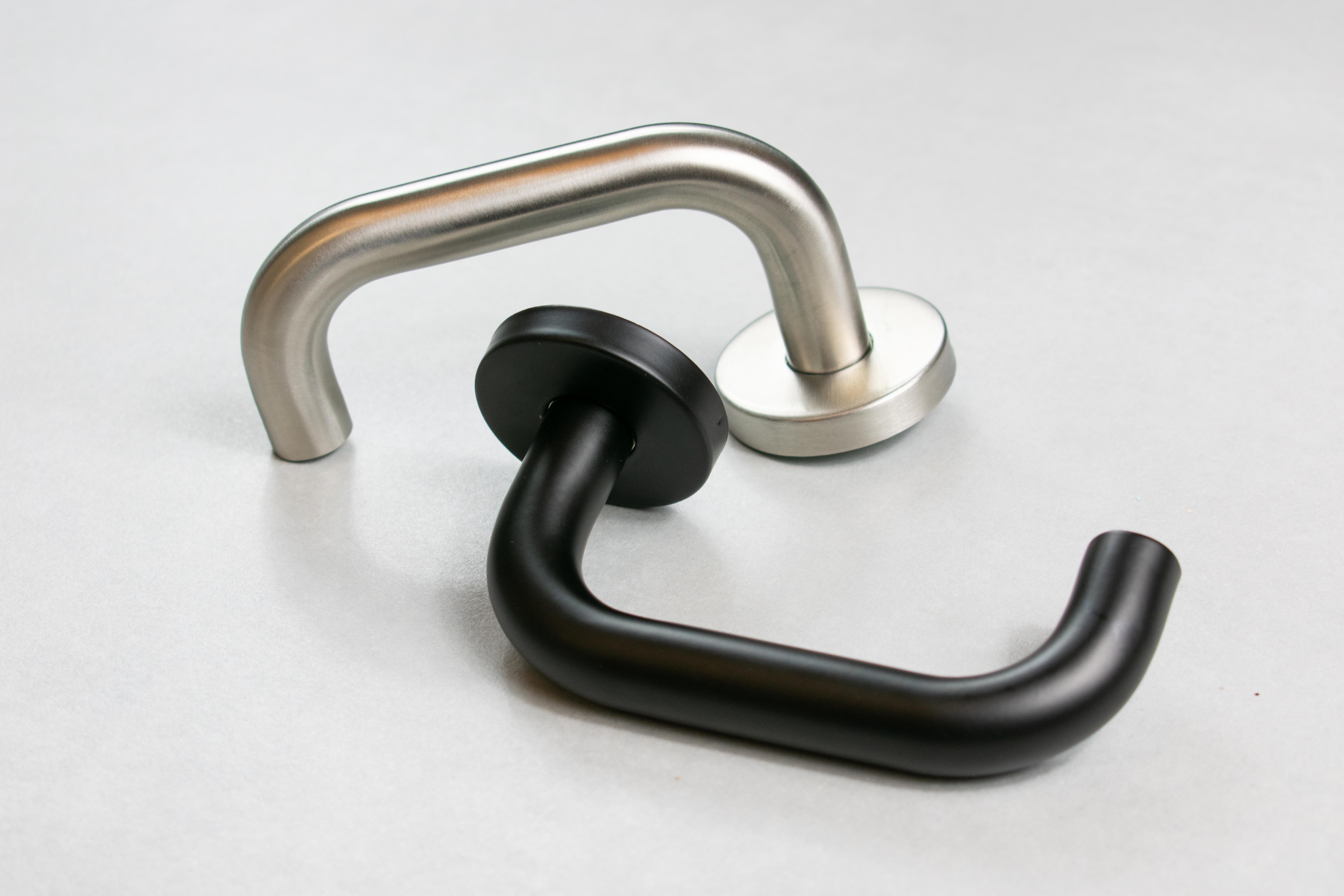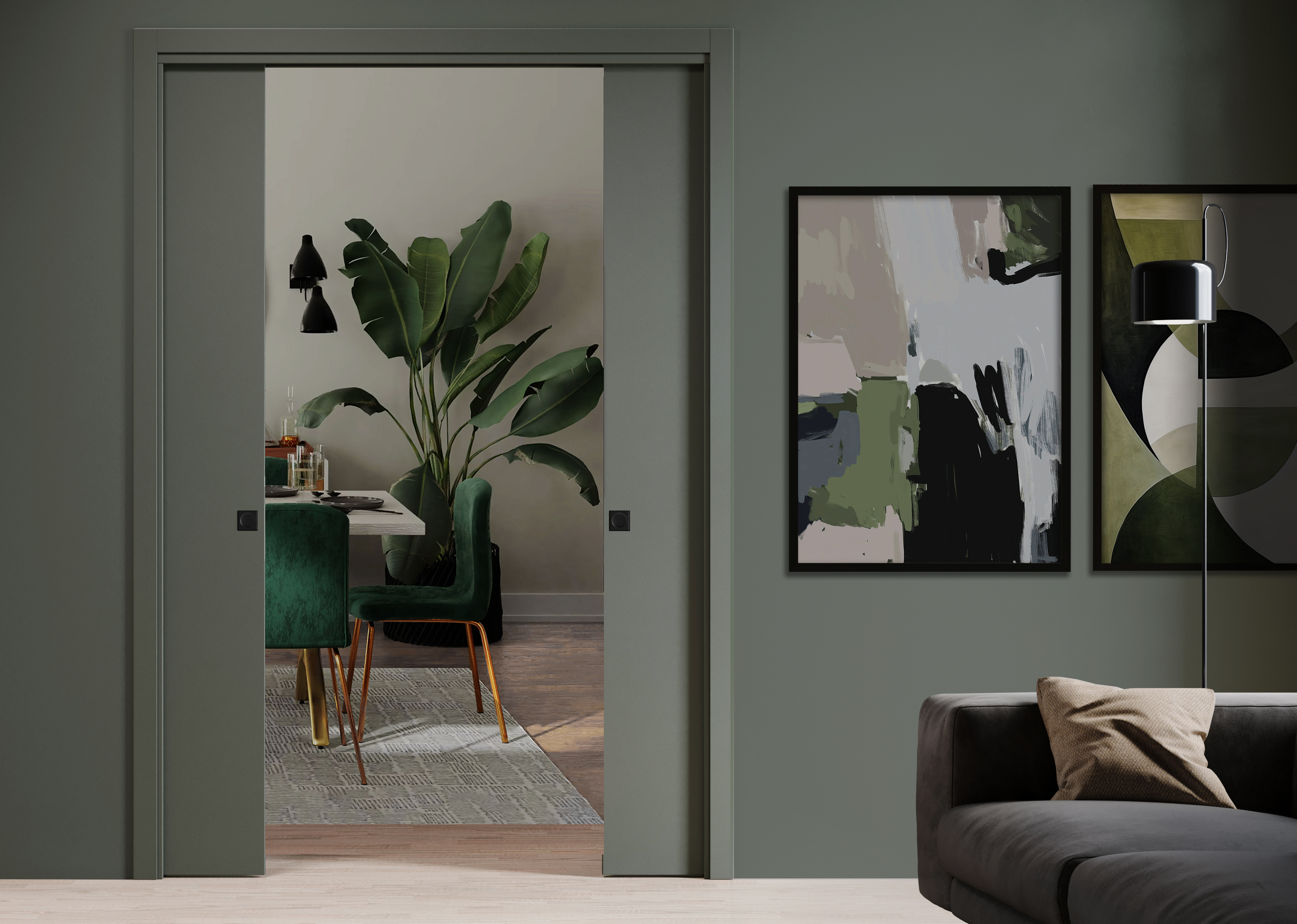Pocket doors have gained popularity for their space-saving benefits and sleek aesthetic, but they also come with some challenges. Whether you’re considering installing one in your home or commercial space, it’s important to weigh both the advantages and disadvantages before making a decision.
Pros of Pocket Doors
-
Maximizes Space Efficiency
Concealed doors are an excellent solution for compact interiors. Unlike traditional hinged doors that require clearance space for opening and closing, pocket doors slide neatly into the wall cavity, freeing up valuable floor space. With real estate prices in England and Wales averaging around £2,954 per square meter—and reaching up to £10,427 in premium London locations—utilizing every square meter of an interior can lead to significant cost savings. -
Enhanced Room Flexibility
Pocket doors allow for versatile room layouts. They can create a seamless transition between spaces, offering the option to connect or separate areas as needed. For example, a pocket door between a kitchen and dining room can be left open for entertaining or closed for privacy. -
Improved Aesthetic Appeal
Modern and minimalistic, pocket doors contribute to a sleek and sophisticated look. They eliminate the visual clutter of door swings and hardware, making them an ideal choice for contemporary interiors. -
Increased Wall Usability
Unlike traditional doors, which require clear wall space behind them, pocket doors free up walls for furniture placement, artwork, or shelving. This is especially beneficial in small rooms where every inch counts. -
Ermetika EvoKit Advantage
The Ermetika EvoKit door system allows homeowners to reclaim up to 1 square meter per door, making it a practical and stylish choice for modern living.
Cons of Pocket Doors
-
Less Effective at Noise and Light Insulation
Pocket doors do not seal as tightly as traditional swinging doors, making them less effective at blocking noise, light, and odors between rooms. -
Structural Limitations
The wall cavity that houses the concealed door must be free of essential elements such as plumbing, electrical wiring, and load-bearing studs. This can make installation more complex and may limit design flexibility. -
Potential Sliding and Locking Issues
Sliding doors can sometimes develop issues such as sticking, misalignment, or locking difficulties. However, Ermetika EvoKit systems feature an extractable track and rail, ensuring easy maintenance and long-term functionality. -
Accessibility Concerns
For individuals with arthritis or limited hand strength, pocket doors can be more challenging to operate compared to traditional swinging doors. Flush pull handles require more effort to grasp and slide, which may not be ideal for those with mobility impairments.
Final Thoughts
Concealed sliding doors offer a stylish and space-saving alternative to traditional doors, but they also come with potential drawbacks. If planned from the early design stages, many of the challenges associated with pocket doors can be mitigated. Carefully considering both the pros and cons will help you decide whether a pocket door system is the right choice for your space.
View our Tips for Pocket Door selection here for more information on the buying process!
Explore our range here: Shop Our Pocket Door Systems Category – Atlantic UK Architectural Hardware
Find out how to install Pocket Doors using the video here.





